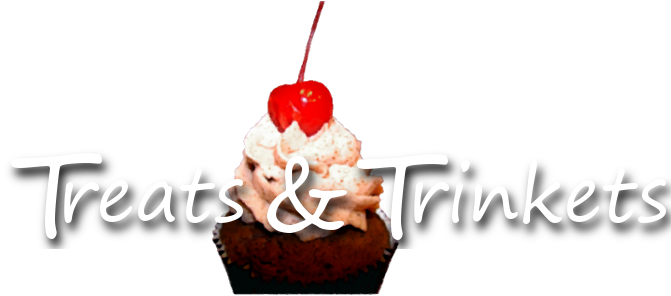Now, I really wanted to give you a step-by-step photo tutorial, but because seed beads are so small and details so intricate, all my pictures were coming out blurry. And because of the crazy work hours, I was trying to take these pictures at 6 in the morning, so I didn't have all that much patience. But for a great video tutorial and step-by-step instructions, see Fire Mountain Gems' free instructions here. And while you're there, you might want to pick up essential supplies like seed beads, bead weaving thread, clasps (I prefer to use toggle) and the thing I can't live without: collapsible eye needles. Just try not to get yourself lost in there- they have such a huge selection of beads and jewellery making supplies, how-tos, and beading patterns, that it's easy to lose the next few hours of your life just browsing through the site. Trust me, I speak from experience. You can, of course, find the necessary supplies at any good crafting store, but Fire Mountain Gems has a better selection, at a better quality, for a better price (and shipping isn't too pricy, and they have the best customer service in the world (that might be slight hyperbole, but it's really that good)).
Since I can't share the photo tutorial with you, I thought I might share some different examples with you that I had lying around. I also included a Beader's FAQ at the end of the post for some of the things you may be wondering about.
Now, most of the stuff that I bead generally becomes a gift or (on rare occasions) is sold, but I did have these two other bracelets that I could share with you. They are actually the two first that I made with this technique which is why you (or at least I) can see that the stitches aren't as tight or as even as with the green one. That's one of the main things to remember- keep the tension on the thread even throughout the entire project. It's an easy technique to learn, but that's the most difficult bit to master.
Now this one is a great example of how you can incorporate patterns into the bracelet. It takes a little bit of extra planning out, but it's worth it. (This is also where I learned that you need to leave a bit of slack in the thread when attaching the bar half of the toggle clasp, otherwise it's next to impossible to put on.)
Here's a close-up of the detail. I went for a flower detail and then varied between blue and green for an iridescent look.
This one was actually upcycled from a beaded sweated of my aunt's that fell apart. (I used one of the buttons to create my own clasp.) I was way too loose with my stitches here, but it's still a nice example of how you can create a spiral pattern simply by using different sizes of beads.
Now I'm not going to lie; the tubular peyote stitch takes a very long time, a lot of beads, and a way more thread than you can imagine (what you're thinking of right now? Triple it. And you're probably still off). But it's not difficult and actually pretty zen once you get in the zone.
 |
| Taking a picture of your own wrist is super awkward |
Beader's FAQ:
What are seed beads?
Seed beads are very small beads, usually glass or acrylic, used primarily in bead weaving. Generally you'll want to use 8/0 or 11/0 sizes (the smaller the number, the larger the bead).
What is a collapsible eye needle?
The greatest invention known to beading-kind. It is a very thin, flexible needle with a large eye (the hole where you put the thread) that, as its name may suggest, collapses. Because beading needles by necessity need to be so thin, threading them can be tricky. With the collapsible eye needle, threading is a cinch, and it can still fit through the smallest of beads.
What is a toggle clasp? Why is it your favorite clasp?
A toggle clasp consists of a loop and a bar. To close, pull the bar all the way through the loop and then lay it flat. The toggle is my favorite clasp because it's sturdy, looks great, is easy to attach, and I find it to be the easiest sort of clasp to use, especially with bracelets.
What is Fire Mountain Gems?
Fire Mountain Gems sells beading and jewellery making supplies wholesale. They have a huge selection of all sorts of beads and semi-precious stones. They also provide a lot of great resources on their website for free, such as instructions, patterns, and video tutorials.
Why do you keep gushing about them? Do they pay you to promote their site?
Other than charging my credit card and sending me catalogs, Fire Mountain Gems has no idea that I exist. I simply believe that they are one of the best resources out there for beaders, and I've had a lot of great experiences with them. I would never recommend or say anything if I didn't believe it.
Why make your own jewellery? Why spend all that time when you could just buy it?
For the same reason that I make cupcakes: because I enjoy it. I can also personalize it to my own tastes and needs. And a lot of the time, I end up spending less when I make it myself.
This is the green I'm wearing today so I don't get pinched. Safe and happy St. Patrick's Day!





